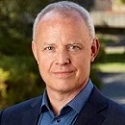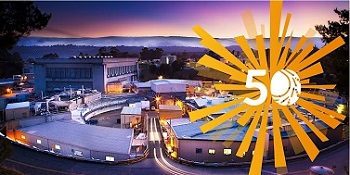Message from the Director

SSRL has not been operating during the last several months. An electrical incident occurred in another building on the SLAC site during our winter break that resulted in injury to a staff member involved. A site-wide safety stand down ensued to review and improve operating procedures across the site - with particular emphasis on hazardous energy (CoHE) protocols and lock-out-tag-out (LOTO) restrictions. These restrictions applied to restarting the injector and SPEAR3 for SSRL operations. The situation was further compounded by a SPEAR3 injector transformer failure on January 11 during an atmospheric river and bomb cyclone weather event in California.
New procedures had to be approved by the Department of Energy before any CoHE or LOTO work could be done. Initial approval to work on the transformer has been granted, but there are still uncertainties that may yet affect the timing of the restart. The current estimate for restarting SSRL operations is the end of May. We realize that this unexpected outage has had significant impact on our user community, and we sincerely appreciate your patience. As we begin to plan the June through August beam line schedules, please reach out to the user office (ssrl-user-office@slac.stanford.edu) to alert us if you have urgent needs such as data needed for funding deadlines or students who need to complete their thesis for graduation.

On a happier note, we look forward to welcoming you to SSRL on April 20 to celebrate 50 years of transformative science, and to look ahead to an exciting future full of new discoveries. Join us for a full day of talks and panel discussions looking at the past, present and future of the Stanford Synchrotron Radiation Lightsource (SSRL). This is a unique opportunity to acknowledge many individuals who have made SSRL such a vital and impactful facility, and to renew the partnerships among SSRL users and staff that fuel our success. This event is open to the public. Advanced registration is required for in-person attendance – please visit the registration page – and for information on virtual attendance to a live-streamed webinar. The symposium will take place in the Kavli Auditorium with additional capacity in the Redwood Rooms.
– Paul McIntyre






